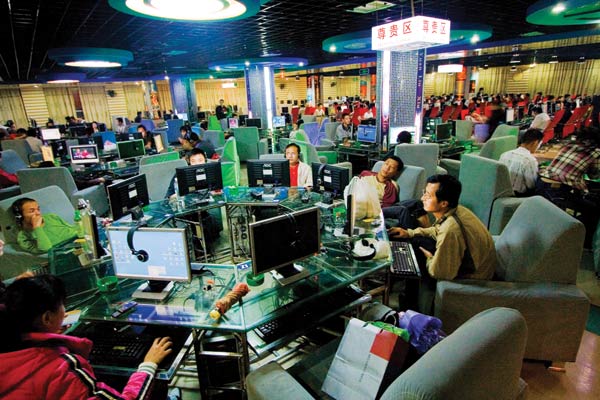Diverse Technologies Flourish in Fragmented Markets

In June 2008, there were 253 million Chinese Internet users. Twelve months later, there were 338 million. South Korea is planning to roll out one-gigabit broadband connections nationwide by 2012, and Japan leads the world in mobile telecommunications, with high-bandwidth 4G cell-phone service expected to be available later this year.
This audience represents a huge opportunity for digital-media entrepreneurs. But the Asia-Pacific region is a mosaic of disparate societies that leave the market fragmented between countries and even within them.

In China, discussion boards dominate; in South Korea, Internet gaming is huge; in Australia, Western social-media sites like Facebook are popular. Western companies going into countries such as South Korea and China “have found it a terrible struggle to find any success,” says Michael Netzley, a professor of corporate communication at Singapore Management University. “It’s so incredibly diverse that you must localize your activities.” Among foreign entrants to the Chinese market, Google has probably had the best results: it has gained about 31 percent of the market by doing things like creating a specialized music search service that makes it easy to find legal MP3s (downloading music is a major preoccupation of Chinese users) and–controversially–self-censoring search results to avoid running afoul of the “Great Firewall of China,” which can block traffic deemed offensive to the government. But it lags well behind the Beijing-based Baidu (see Companies to Watch), which commands about 64 percent of the Chinese search-engine market by offering a wide range of services closely matched to the needs of Chinese users, including a popular online encyclopedia and an e-commerce platform.
Despite Baidu’s dominance in China, however, that company has little presence elsewhere in the region (though it’s currently trying to make inroads into Japan), demonstrating the tradeoffs a company makes if it’s perfectly in sync with the local zeitgeist. Would-be competitors are stymied, but at the same time, says Netzley, “companies that have tried to export their local success have failed miserably.”
Keep Reading
Most Popular
Large language models can do jaw-dropping things. But nobody knows exactly why.
And that's a problem. Figuring it out is one of the biggest scientific puzzles of our time and a crucial step towards controlling more powerful future models.
How scientists traced a mysterious covid case back to six toilets
When wastewater surveillance turns into a hunt for a single infected individual, the ethics get tricky.
The problem with plug-in hybrids? Their drivers.
Plug-in hybrids are often sold as a transition to EVs, but new data from Europe shows we’re still underestimating the emissions they produce.
Stay connected
Get the latest updates from
MIT Technology Review
Discover special offers, top stories, upcoming events, and more.